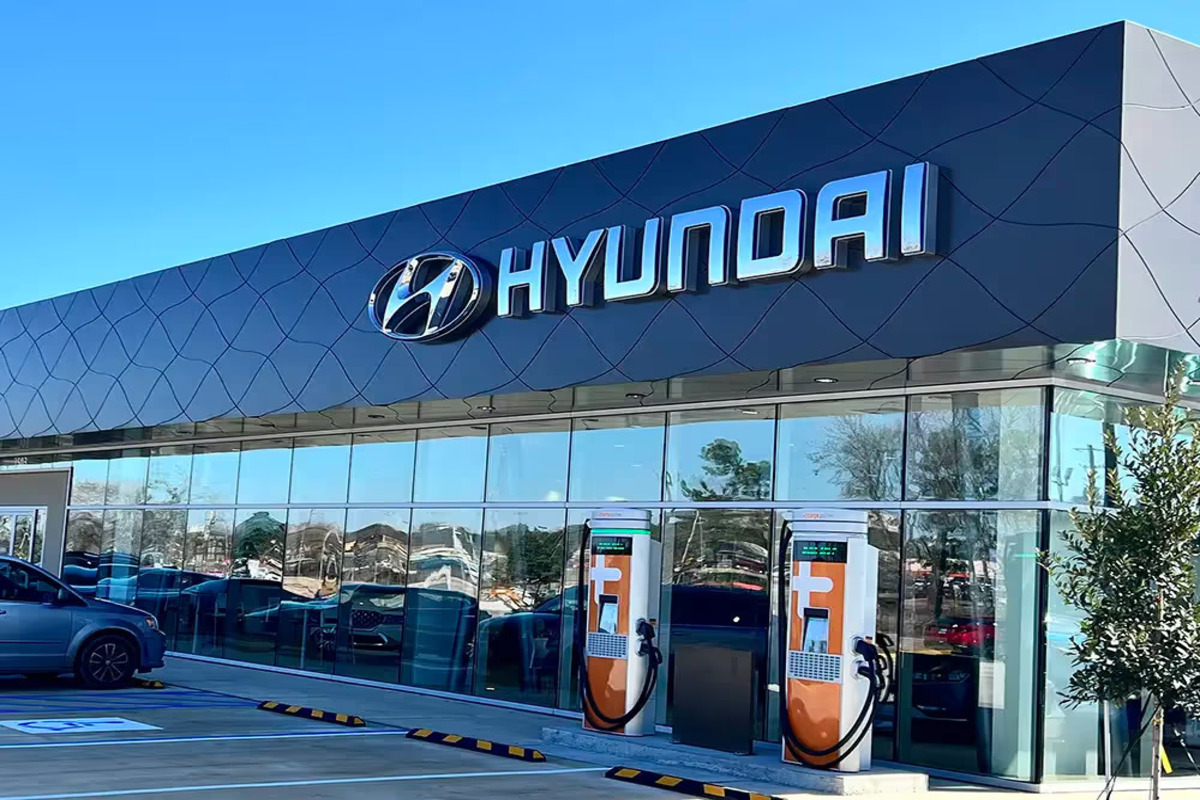When it comes to purchasing a used vehicle, customers often wonder how dealerships determine the final price they place on each car. Unlike private sellers who may set arbitrary values, Hyundai dealerships follow a structured and transparent approach to evaluation. This process helps ensure fairness and consistency, while also allowing buyers to feel confident in the value they are receiving.
Dealerships consider a variety of factors, ranging from the age and mileage of the car to its condition, history, and even the local market demand for that particular model. Each aspect contributes to the overall pricing decision, making it a careful balance between market trends and the individual qualities of the vehicle. We will explore how Hyundai dealerships approach this process step by step, giving insight into the methods used to evaluate vehicles and how these practices influence the price customers ultimately see on the lot.
Key Steps Hyundai Dealerships Use to Evaluate and Price Used Vehicles
Considering Vehicle Age and Mileage
One of the first steps in evaluating a used car is examining its age and mileage. Hyundai dealerships recognize that these two factors significantly influence the lifespan and reliability of a vehicle. A newer car with fewer miles typically retains more of its value compared to an older model with heavy usage. However, mileage is not the only consideration—some older vehicles are well-maintained and remain in excellent condition, which can increase their appeal to buyers.
Dealerships carefully compare the car’s year and mileage against industry standards, often referencing guides and databases that outline typical depreciation rates. This helps them assign a fair base value to the vehicle before layering in other factors. By doing so, they ensure that pricing reflects both the market value and the expected longevity of the car. It providing buyers with a reasonable understanding of what they are paying for.
Evaluating Vehicle History and Ownership Records
Hyundai dealerships also rely heavily on vehicle history reports, which provide a comprehensive look at a car’s past. These reports reveal important details, such as accident history, service records, the number of previous owners, and whether the vehicle has ever been used for rental or commercial purposes. Cars with a clean history are naturally priced higher, as they represent a lower risk to buyers.
On the other hand, vehicles with a history of prior accidents or frequent ownership changes may see their value adjusted downward. Dealerships emphasize transparency by sharing these records with customers. Allowing them to understand how the history has influenced the final price. This approach not only builds trust but also highlights the dealership’s commitment to offering vehicles that meet certain quality standards. A vehicle with consistent service and one or two long-term owners is often priced attractively because it suggests reliability and careful maintenance over time.
Assessing Mechanical and Cosmetic Condition
A thorough inspection of the vehicle’s mechanical and cosmetic condition is another vital step. Hyundai dealerships employ trained technicians who thoroughly evaluate the engine, transmission, suspension, brakes, and other critical systems. Even if a car is newer with low mileage, any mechanical concerns can significantly lower its value because they increase the likelihood of repair costs for the next owner. Similarly, cosmetic issues like dents, scratches, or worn interiors also play a role in pricing.
While minor blemishes may not drastically reduce value, they are factored into the overall presentation and potential reconditioning costs. Dealerships often invest in detailing and minor repairs before listing the car for sale, and these efforts are reflected in the final price. The goal is to provide a vehicle that not only functions reliably. But also looks appealing to buyers, which is why condition plays such a significant role in the evaluation process.
Analyzing Market Demand and Model Popularity
Market trends and demand for specific models are another component that dealerships consider when setting prices. Hyundai vehicles vary in popularity depending on the region, the model year, and the body style. For instance, SUVs such as the Hyundai Tucson or Santa Fe may hold higher value in areas where larger vehicles are preferred. While compact models like the Elantra may be in greater demand in urban settings.
Dealerships monitor these patterns by analyzing sales data, trade-in trends, and even seasonal shifts. When demand for a particular model is high, dealerships can justify a stronger asking price. Whereas slower-selling models may be priced more competitively to attract buyers. By factoring in these market conditions, Hyundai dealerships ensure that pricing remains aligned with buyer expectations. While also facilitating the sale of vehicles within a reasonable timeframe.
Evaluating and pricing used vehicles is a detailed and multi-step process that Hyundai dealerships take seriously to maintain fairness and transparency. Factors such as age, mileage, history, condition, market demand. Also reconditioning all come together to form a complete picture of a car’s value. By relying on standardized industry tools and aligning prices with local market trends. Dealerships ensure that customers feel confident about their purchase decisions.
Additionally, the inclusion of warranties and reconditioning services provides extra value that private sales often cannot match. This thoughtful evaluation process reflects a balance between customer expectations. Moreover, the realities of the automotive market, making Hyundai dealerships a trusted destination for used vehicle purchases.

